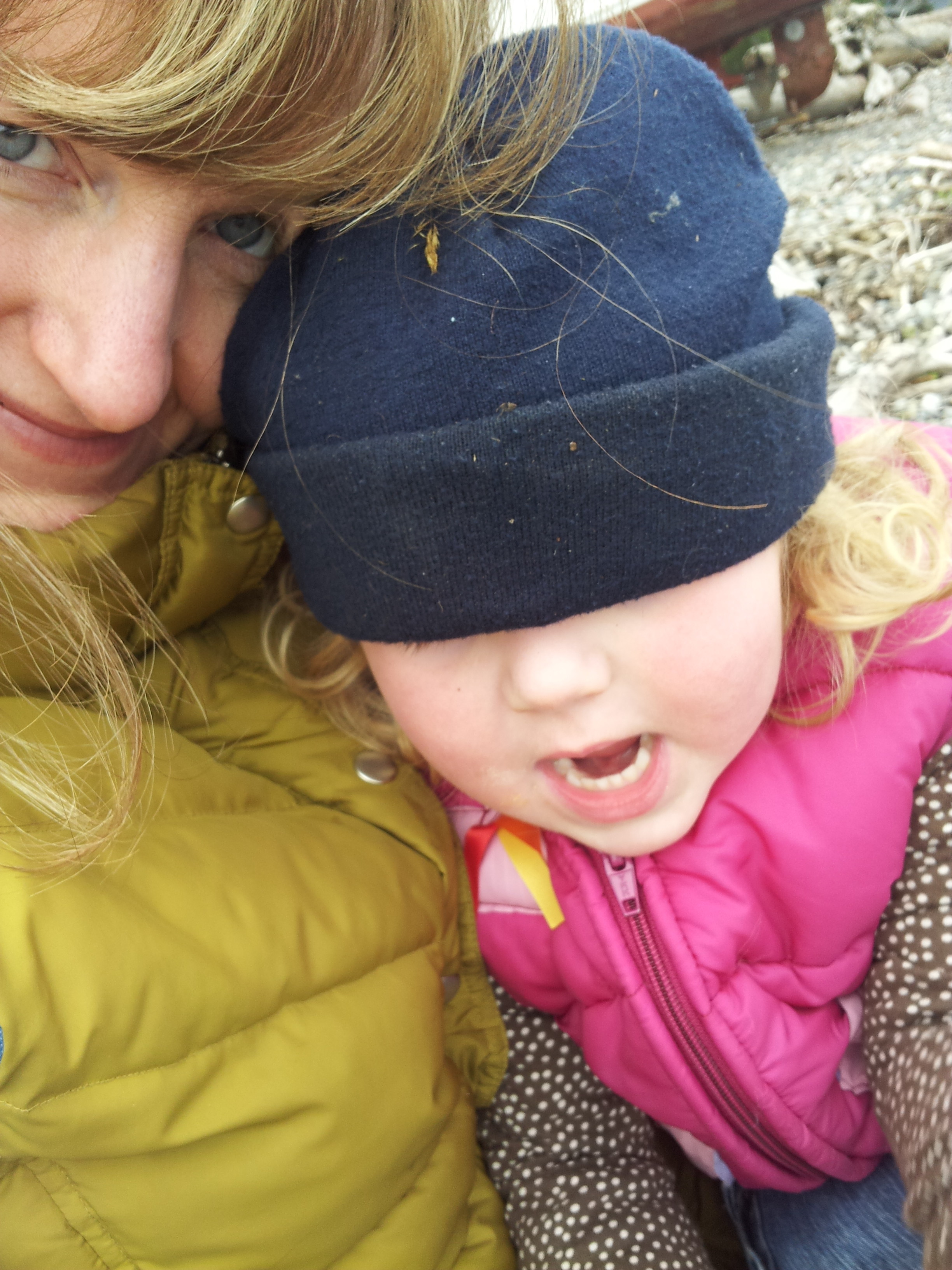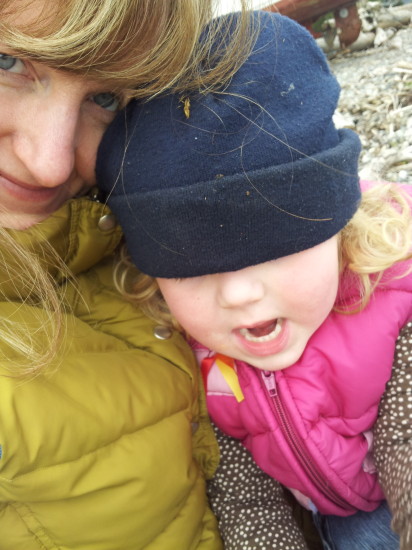A friend posed an interesting question on Facebook earlier today: What if the reason most people don’t take climate action, paradoxically, is that they WANT to be hopeful about the future?
As somebody who’s working actively to promote climate policy solutions I feel this tension everyday battling it out in my own psyche. I feel it when I look at my daughter and, consciously or unconsciously, shut out the idea that climate impacts will shape her future—and not in a good way.
In fact, I’m a firm believer that we all have a little (or big) climate denier living in our own bodies. If we didn’t we’d go mad with fear and anger and anxiety. But I also believe that finding positive ways to confront our own denier demons will help us become more engaged, more positive, and more compelling to those we ask to join us in this work.
That was the gist of a short talk I gave almost a year ago, on “harnessing our dark optimism,” at the Cascadia Climate Collaborative’s first conference for climate movers and shakers at the Whidbey Institute. (And the friend who posted the question today on Facebook happens to be Joe Brewer, a fellow speaker at that same conference.)
The point of the Collaborative’s work is to bring climate activists, planners, organizers, and policy and business leaders together for reflection and conversation about the emotional and moral dimensions of the work we do to curb the worst effects of climate change.
Check out the Collaborative’s video for more info and to see clips of my talk—yes, I do almost cry. (You can also read the transcript of my whole talk here).
And go to their website for more info on the project and the 2014 conference, coming up in April.
Here’s the short version:
And the long version:
You can also find the Climate Collaborative on Facebook.











Matt
Thank you, Anna. On so many levels, thank you.
Lewellan
=BERTHA CAN BE STOPPED=
=BOX CUT/COVER/SEAWALL=
Still possible
More stable
No threat to buildings
Manages traffic better
Manages water table flow better
Better utility relocation/access
Better emergency escape/faster
Better Seawall actually necessary
Better spawning & salmonids.
Many who think themselves Seattlites lah-lah
sitting watching an impending disaster.
With physics degrees disregarding basic physics.
Waterfront soil condition physics.
Look it up before it’s too late.
Seattlers. Meh.
Skulpchure-dull-chur Park, blah blah.
Seattle don’t do rail no good 4 sum reezen.
Hank
Anna – thank you, for this and so many others on the challenges of climate comm’s
a priceless perspective and helpful links on a subject not addressed often enough, for obvious reasons – we don’t want to think about it!
Wells
If you wouldn’t mind another crazy engineer/architect view,
Bertha MUST be removed from the Waterfront, wait for it,
TOMORROW, then sold to interested L.A. buyers or other high bidder with bearing fix.
===ALTERNATIVE===
=(in the FEIS)=
=BOX CUT-COVER/SEAWALL=
Still possible
More stable
No threat to buildings
Manages traffic better
Manages water table flow better
Better emergency escape/faster
Better utility relocation/access
Better Seawall actually necessary
Better spawning & salmonids.
Redirect remains of Bore to Cut-Cover/Seawall.
=Manages water table flow better=
=SOLID==EARTHQUAKE==BARRIER=
(North Portal at Pike Rebuild ‘less asphalt’)
Please do not ignore this analysis. Both conservative
well-drillers/shippers/land-strippers/wasters and supposedly progressive transportation planner-types are to blame for this mess they/we all made cowtow-ing to supposedly competent professionals.